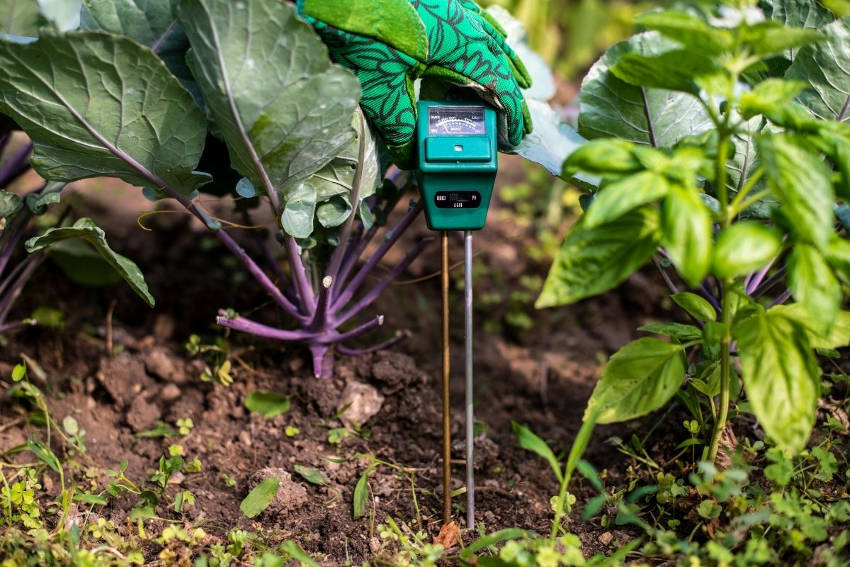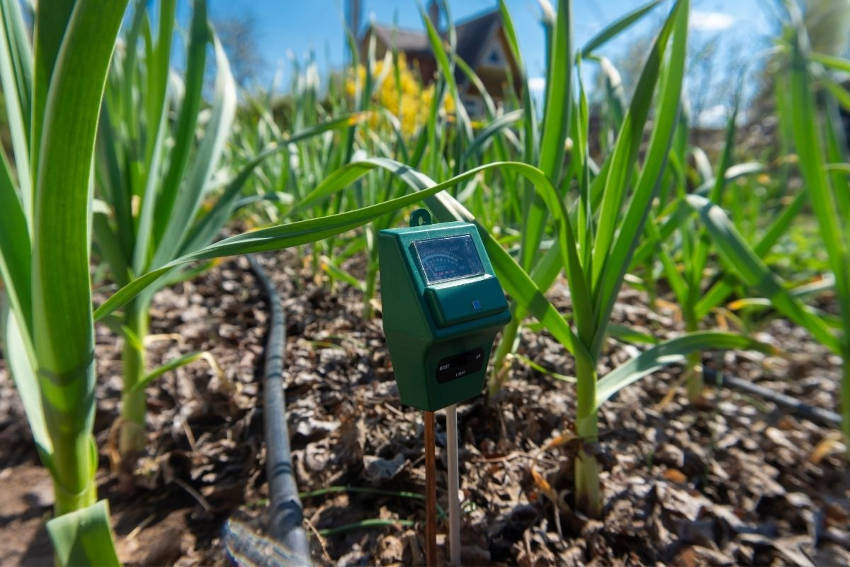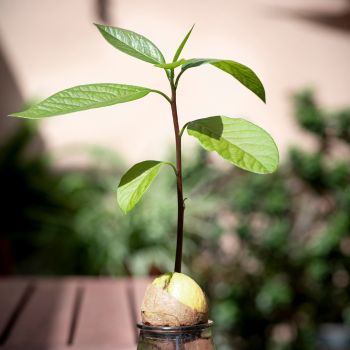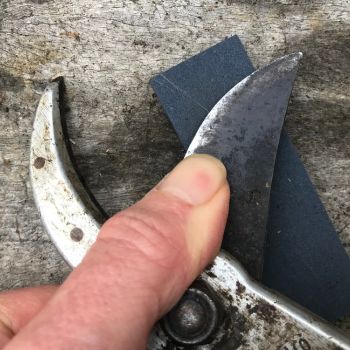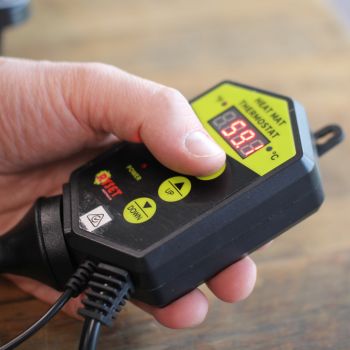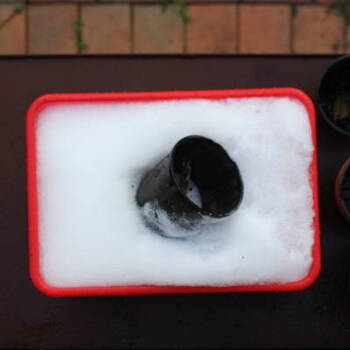Giving plants the right amount of water is essential for their healthy growth. Unfortunately, it's also one of the most common areas of difficulty and confusion, especially for those at the start of their gardening journey. Too much watering can be as bad for your plants as too little, but how do you know the right amount?
Once you gain experience, knowing when and how much to water your plants becomes almost second nature. But if you're a little unsure and could use some guidance, a soil moisture meter takes away the guesswork.
Types of Soil Moisture Meters
Moisture meters come in a range of types, with different models aimed at home gardeners, larger scale growers looking to automate irrigation, or scientists needing an extremely precise measurement.
For home use, the most typical type consists of a metal probe attached to a dial or digital readout. Looking similar to a meat thermometer, these moisture sensors are simple to use, and often don't even require a battery or any kind of maintenance.
Moisture testing in a typical garden doesn't need a high level of accuracy, but more advanced models aimed at agriculturalists or scientists can provide a precise percentage readout of the soil's water content.
The probe length is an important factor to note. Shorter probe lengths of between 10-30cm are ideal for testing houseplants and others grown in containers. Larger testers are also available, with probes up to a metre or more, and these are great for testing deeper outdoor soil, or even making sure your compost heap is moist enough to work efficiently.
More complicated kinds of meter can combine water testing with soil pH and light levels, to give a complete picture of your soil's suitability for sowing and growing any plant. However, even the most basic models provide valuable information which helps you water most effectively.
How to Use a Soil Moisture Meter
Using a typical moisture meter couldn't be easier. Simply insert the probe to the root depth of your plants, taking care not to damage the plant, and note the reading.
Most home models won't provide a pinpoint scientific figure, instead offering a scale of one to ten. Readings of three and below usually mean the soil is too dry, while eight and above indicate it's too wet. Most plants appreciate a level between four and seven.
When Are Soil Moisture Meters Most Useful?
The most common users of moisture meters are beginners who are worried about getting their watering regimen right. However, even experienced gardeners can use meters to improve their results.
If a plant doesn't seem to be thriving, testing the soil moisture can be the first step in diagnosing the problem. Even if the soil surface seems to be correctly moist, there could be waterlogging under the surface, or a patch of fast-draining soil around the roots, and a quick moisture test could provide a hint of where to investigate.
Moisture meters are also perfect for houseplants. Overwatering is one of the most common killers of plants in containers, as the confined roots can easily rot if the compost is too wet. On the other hand, containers can dry out surprisingly quickly, particularly indoors. Regularly using a meter will help you build an appropriate watering routine for each pot plant in your home or garden.
Lastly, smaller meters can be extremely useful when starting plants from seed under cover. With no rainfall to keep the seed compost moist, regular watering is essential. But as with houseplants, overly moist soil can lead to the seeds rotting, and can also cause 'damping off' of the germinated seedlings, a condition that's usually fatal.
Good watering habits will come with practice, but for a beginner gardener a soil moisture meter is an inexpensive and effective way of making sure your watering is on the right track. And for more experienced sowers and growers, a meter is a handy tool to fall back on if unexpected problems crop up.
